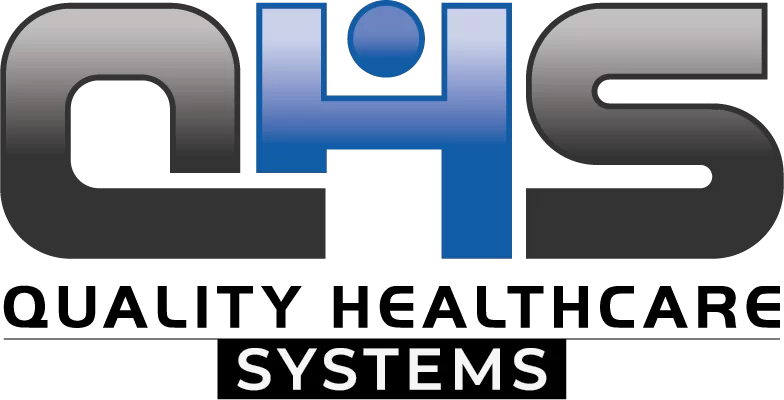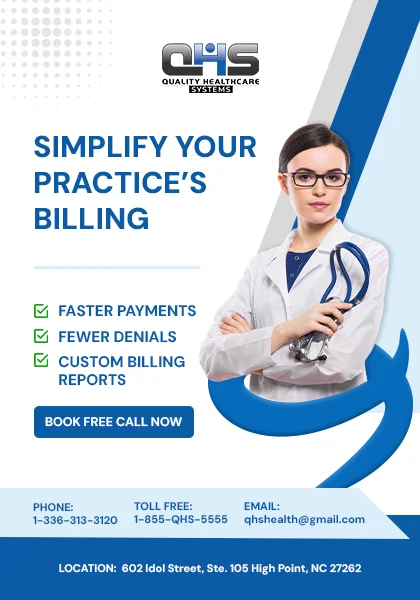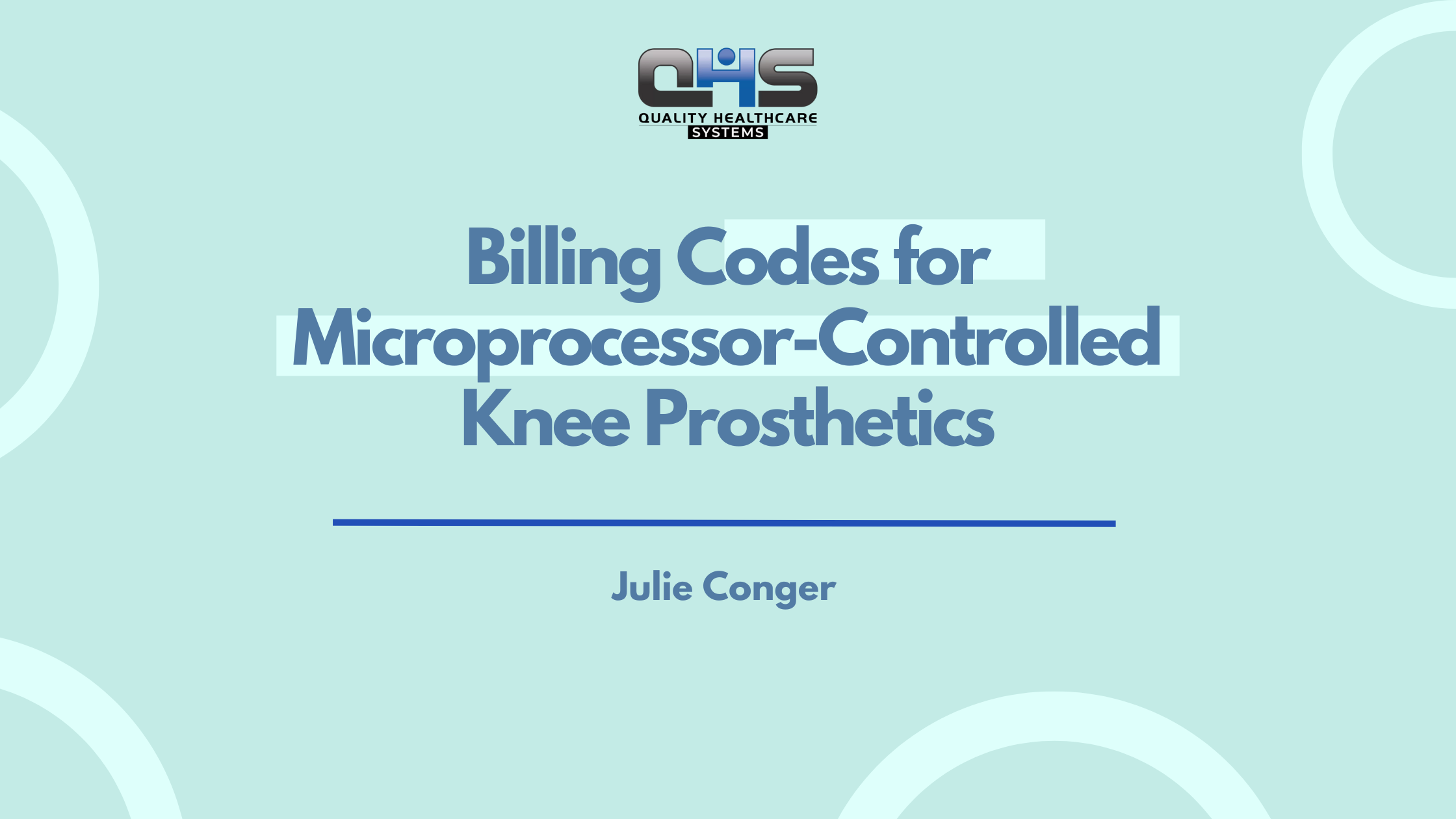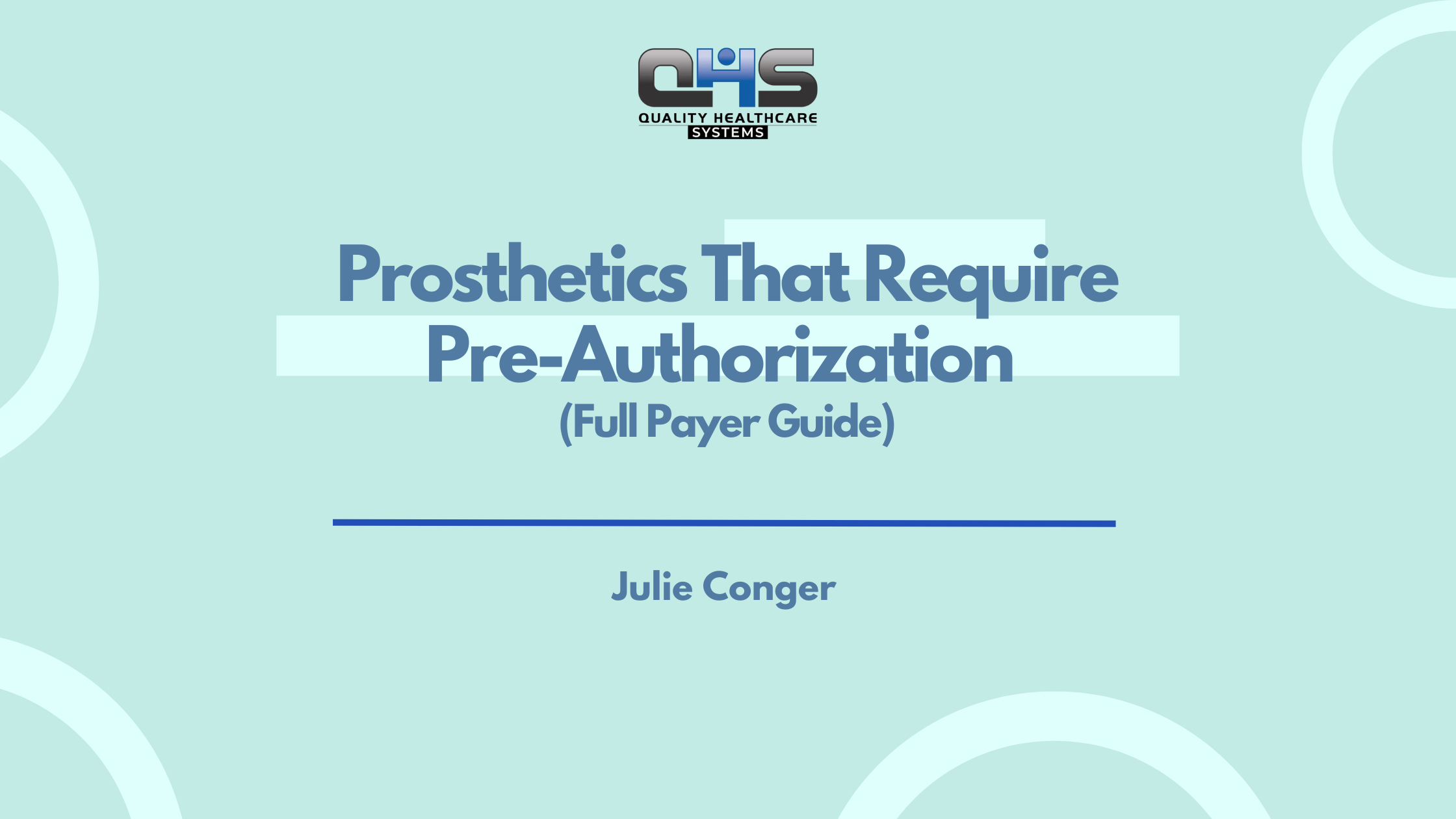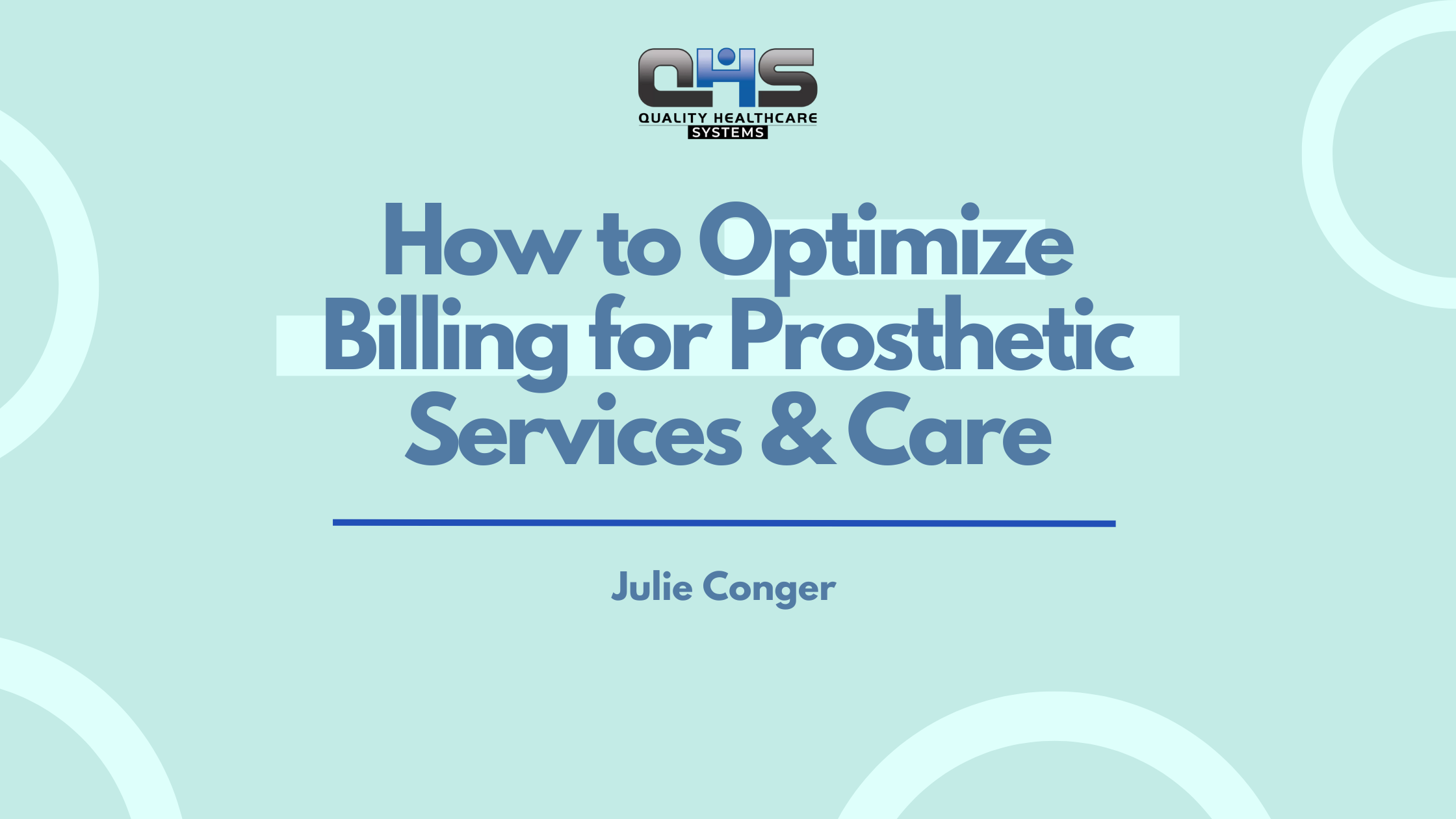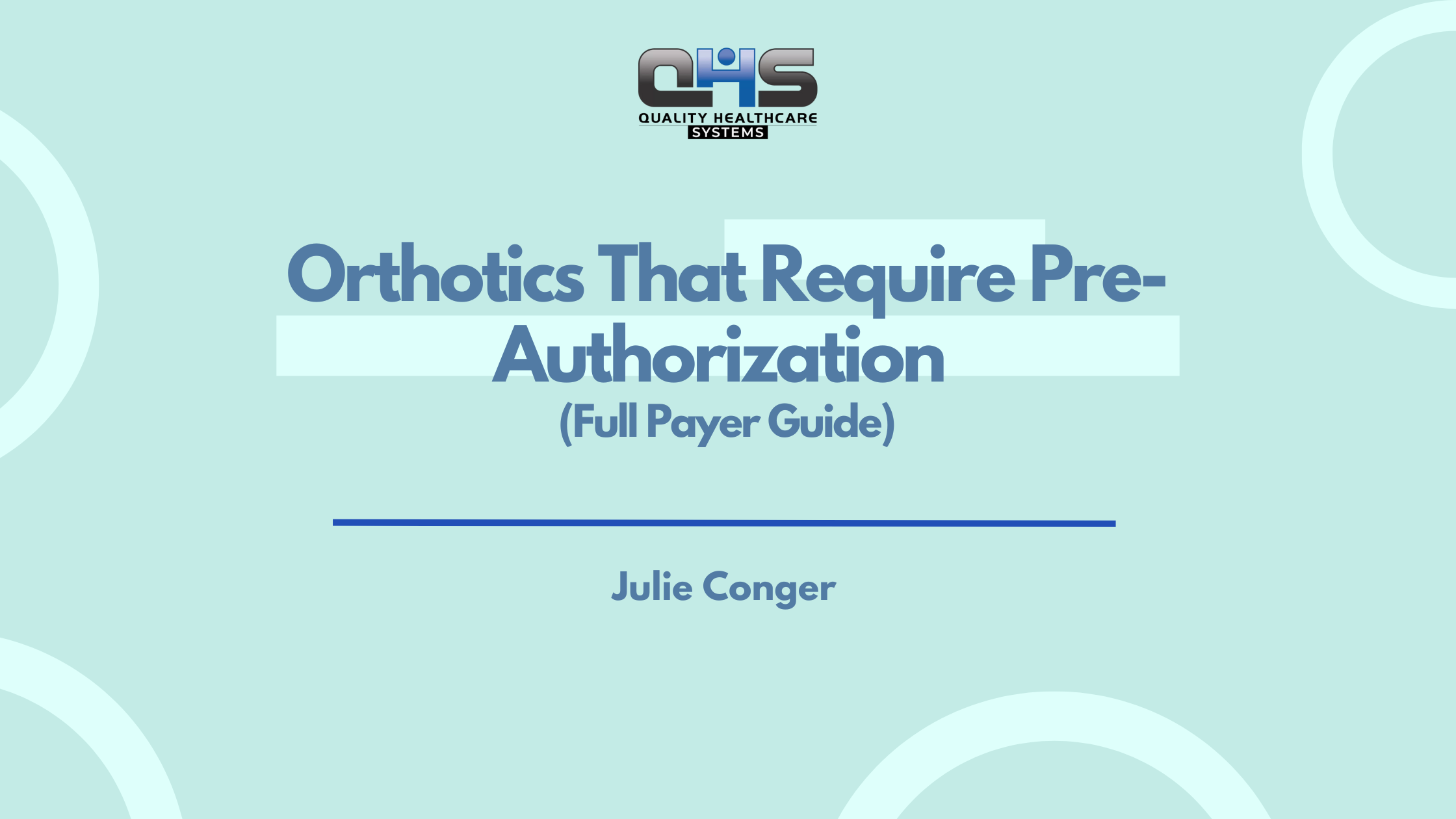In recent years, healthcare has seen a transformative shift with the integration of technology, and remote patient monitoring (RPM) is leading this charge. This innovative healthcare method allows providers to track patients’ vital signs, symptoms, and other health metrics outside traditional clinical settings. RPM devices provide both patients and healthcare providers with real-time data, which can improve patient outcomes, reduce hospital readmissions, and enable more effective chronic disease management.
In this article, we’ll explore what RPM is, how it works, and look at 10 common RPM devices that are changing the way healthcare is delivered.
What is Remote Patient Monitoring?
Remote patient monitoring (RPM) refers to the use of technology to monitor patients’ health from the comfort of their homes or other remote locations. This process typically involves the use of specialized medical devices that collect health data, which is then transmitted to healthcare providers for analysis. RPM can be particularly helpful for managing chronic conditions like diabetes, hypertension, and heart disease.
The primary benefit of RPM is its ability to track a patient’s health in real-time, enabling early detection of potential problems before they escalate. This proactive approach helps reduce emergency room visits and hospitalizations, ultimately lowering healthcare costs and improving quality of life for patients.
How Remote Patient Monitoring Works
RPM involves three essential components:
- RPM Devices: Medical devices like blood pressure monitors, glucose meters, and wearables that track various health metrics.
- Remote Patient Monitoring Software: The software that collects, processes, and shares the data from these devices with healthcare providers.
- Healthcare Provider: Doctors, nurses, or specialists who monitor the data, interpret it, and offer necessary medical advice or treatment adjustments.
The process typically begins when a patient uses an RPM device to take readings, which are then sent to a secure platform. Healthcare providers review the data and communicate any necessary changes to the patient, allowing for better health management and reducing the need for in-person visits.
Benefits of Remote Patient Monitoring
For Patients:
- Convenience: RPM allows patients to monitor their health at home, reducing the need for frequent doctor visits.
- Real-Time Feedback: Patients receive immediate insights into their health, making it easier to manage chronic conditions.
- Increased Engagement: Patients are more involved in their healthcare, leading to better adherence to treatment plans.
For Healthcare Providers:
- Improved Decision Making: Real-time data provides more accurate and timely information for decision-making.
- Better Chronic Disease Management: RPM helps providers monitor long-term conditions without the constraints of in-office visits.
- Cost-Effective: RPM reduces hospital visits and readmissions, ultimately saving healthcare costs for both patients and providers.
10 Common Remote Patient Monitoring Devices
Remote patient monitoring relies on a variety of medical monitoring devices that track health metrics and transmit the data to healthcare providers. Here are 10 common RPM devices:
- Blood Pressure Monitors: These devices track blood pressure levels and help manage hypertension.
- Glucose Monitors: Essential for managing diabetes, these devices monitor blood glucose levels throughout the day.
- Pulse Oximeters: Measure oxygen saturation in the blood, which is crucial for patients with respiratory conditions.
- Heart Rate Monitors: Track heart rate and rhythms, especially useful for patients with cardiovascular conditions.
- Weight Scales: Monitors weight changes, which is important for managing heart disease, kidney disease, and obesity.
- Thermometers: Measure body temperature, a critical metric for detecting fever and infection.
- ECG Monitors: Track electrical activity in the heart and are used to monitor conditions like arrhythmias.
- Respiratory Monitors: Measure lung function and help manage conditions like asthma or COPD.
- Wearable Fitness Trackers: These devices monitor activity levels, sleep, and other vital statistics to promote overall health.
- Medication Adherence Monitors: Ensure that patients take medications as prescribed, improving treatment outcomes.
Remote Patient Monitoring Software and Systems
The success of remote patient monitoring systems lies in the software that enables seamless communication between patients and healthcare providers. These systems aggregate the data from various RPM devices and provide healthcare professionals with the tools needed to assess a patient’s health status.
For healthcare practices looking to integrate RPM into their operations, remote patient monitoring solutions can be a valuable asset. For instance, accurate data collection and tracking can streamline billing for home health agencies and ensure providers receive reimbursement for services rendered.
Challenges in Remote Patient Monitoring
Although RPM has numerous benefits, it does come with a few challenges:
- Data Security: Protecting patient data is a top concern, and providers must ensure the software and devices comply with HIPAA regulations.
- Patient Compliance: Some patients, especially older adults, may struggle to use technology effectively, requiring additional support.
- Reimbursement: RPM services may not always be covered by insurance, leaving patients to pay out-of-pocket unless reimbursement policies change.
Overcoming these challenges often requires collaboration between healthcare providers, technology companies, and insurers to improve access and patient compliance.
The Future of Remote Patient Monitoring
As telehealth continues to evolve, RPM devices will likely become even more integral to healthcare systems. Emerging technologies like machine learning and artificial intelligence in remote patient monitoring are expected to enhance the predictive capabilities of RPM, offering even greater insights into patients’ health, personalizing healthcare. Moreover, as healthcare providers continue to integrate remote monitoring solutions into their practices, RPM will play an even more significant role in chronic disease management and preventive care.
Are you a DME supplier offering RPM devices? Streamline your DME billing and coding processes with QHSHealth!
Conclusion
Remote patient monitoring is revolutionizing healthcare by providing patients with the tools to monitor their health from home, while enabling healthcare providers to deliver more timely and personalized care. By incorporating RPM devices into your practice, you can improve patient outcomes, reduce healthcare costs, and drive greater patient engagement.
